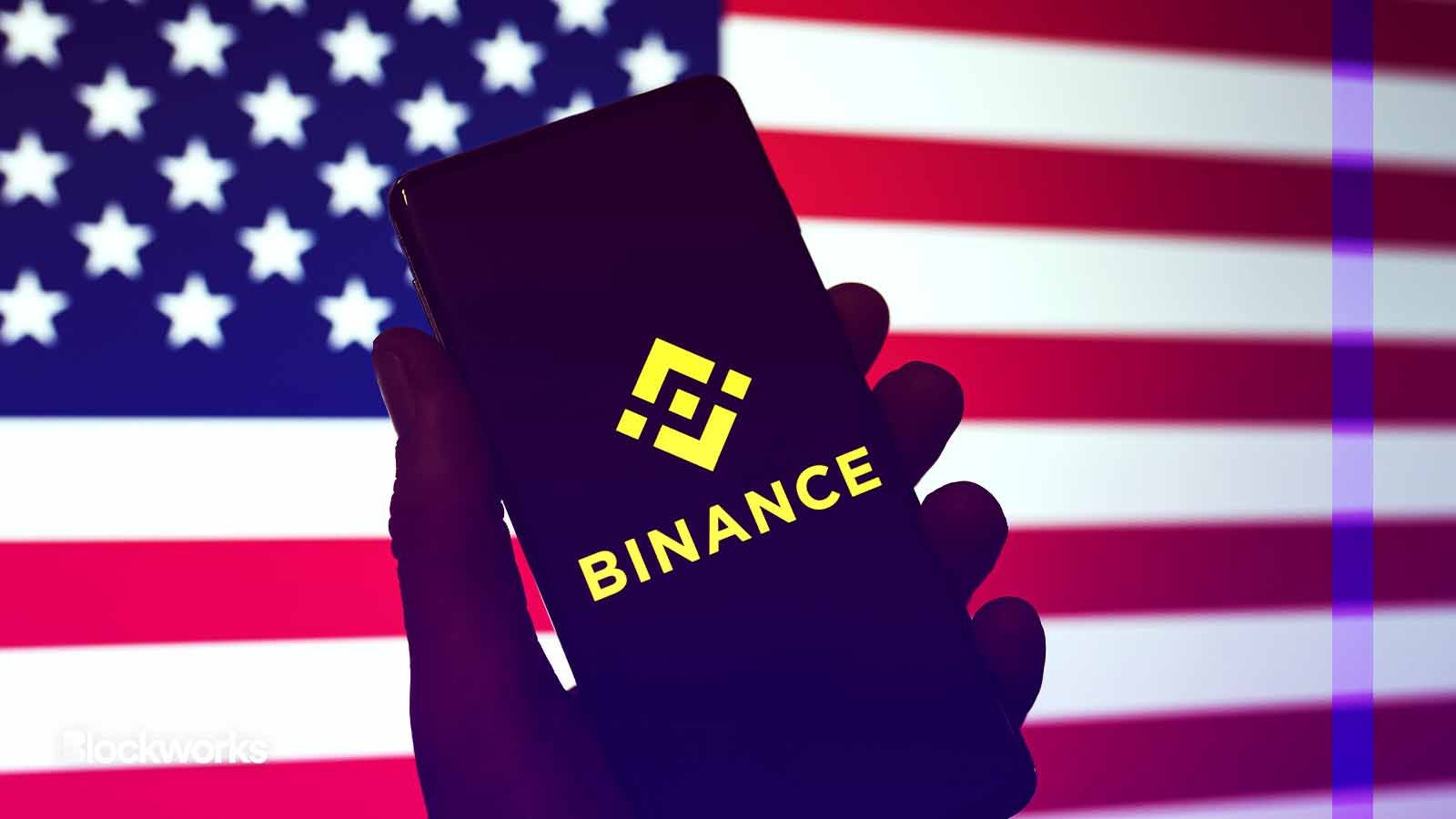Binance US renews banking push with MoonPay deal
Binance US is pushing into fiat support again via a MoonPay partnership

salarko/Shutterstock modified by Blockworks
Precisely one month after Binance US transitioned to a crypto-only platform by discontinuing its fiat on- and off-ramp services, the exchange seems to be reconsidering its decision.
Binance US has been working on “integrating new [US dollar] on-ramp solutions, such as partnering with third-party payment provider MoonPay” the company told customers in an email on Monday, which was reviewed by Blockworks.
It wasn’t immediately clear what cryptocurrencies would be supported for buying and selling in dollars via the MoonPay partnership. One indicator pointed to Tether’s USDT as being the sole supported asset at launch.
Representatives for Binance US and MoonPay did not immediately return a request for comment. MoonPay supports debit and credit cards, as well as ACH transfers.
The exchange, before the US Securities and Exchange Commission’s lawsuit earlier this year, previously supported buying most crypto assets via dollar deposits — and, in turn, selling those cryptocurrencies in a dollar conversion, which could then be withdrawn by customers off of Binance’s platform.
An update listed for Binance US’ app on the Apple app store at the end of last week said users could “now buy and sell USDT with USD in-app via MoonPay.”
A MoonPay spokesperson said in a statement on Tuesday that the company is “providing a service for those [Binance US] users that want to convert their crypto to fiat and deposit into their US bank account,” adding that MoonPay “performs rigorous KYC [know-your customer] checks on all customers.”
The application on Tuesday continued to refer to Binance US as a “crypto-only exchange,” adding that the stablecoin “USDT is now our new base assets for transactions.” A message posted in the app said customers could purchase Tether’s USDT with dollars.
Users appeared to be able to use Binance US’ platform to buy USDT through MoonPay, which would then be transferred back to a customer’s Binance balance.
Since Binance transitioned to a crypto-only exchange in the wake of its uncertain status amid the SEC’s legal proceedings in the US, there has not been a straightforward method to purchase crypto with fiat currency.
Primary workarounds involve transferring digital assets from external wallets or other exchanges to Binance US and then conducting trades — including via the cryptocurrencies pairs that Binance continues to support.
Earlier this year, several crypto exchanges and companies lost their banking partners when industry-friendly banks like Silicon Valley Bank (SVB) faced a liquidity crunch and closed up shop. This sudden banking collapse created a gap in crypto on- and off-ramps for the businesses that depended upon them.
Read more: After bank failures, where will crypto firms turn?
Binance US counted as one of its banking service providers Prime Trust, the Nevada-based company that declared bankruptcy.
In an update to its terms of service on Monday, the company said it was engaging with US-based custodians that maintain FDIC insurance — provided both the relevant Binance US affiliate and the custodian remain in “compliance with the regulatory requirements for pass-through deposit insurance provided by the FDIC.”
Updated Aug. 22, 2023 at 4:47 pm ET: Added a quote from a MoonPay spokesperson.
Get the news in your inbox. Explore Blockworks newsletters:
- The Breakdown: Decoding crypto and the markets. Daily.
- 0xResearch: Alpha in your inbox. Think like an analyst.






